Results
-
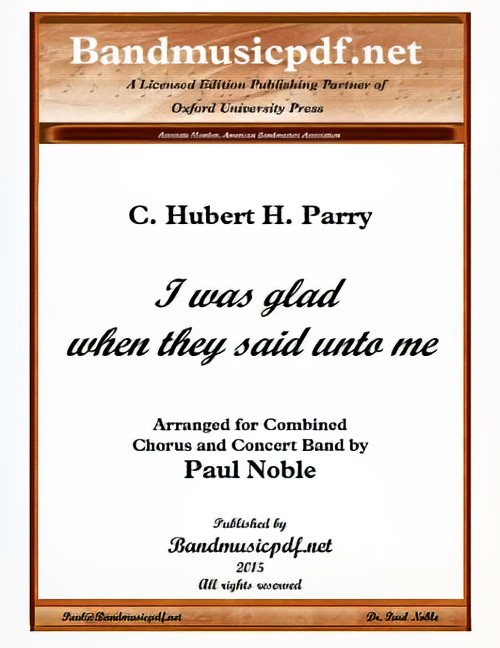 £110.00
£110.00I Was Glad When They Said Unto Me (Choir with Concert Band - Score and Parts) - Parry, Hubert C. - Noble, Paul
I Was Glad is an introit commonly used in the Anglican Church, and also used as an anthem traditionally sung at the coronation of the British monarch. Its most famous setting was written in 1902 by Sir Hubert Parry. Parry's version was composed for the coronation of King Edward VII in 1902, and revised in 1911 for that of King George V, when the familiar introduction was added. This setting employs antiphonal choir effects and brass fanfares. Apart from the imperial splendour of the music, the chief innovation is the incorporation in the central section of the acclamations Vivat Rex... or Vivat Regina... (Long live King/Queen...) with which the King's or Queen's Scholars of Westminster School have traditionally greeted the entrance of the monarch since the coronation of King James II in 1685. This section is generally omitted when the anthem is performed on other occasions. At the last coronation, that of Elizabeth II in 1953, the acclamation took the form of Vivat Regina Elizabetha. Parry's setting of I Was Glad was performed on 29 April 2011 at the Westminster Abbey wedding of Prince William, Duke of Cambridge and Catherine, Duchess of Cambridge (formerly Kate Middleton) as the processional music for the bride and her father and the bridal attendants. It had previously been performed at the wedding of the Duke's parents, Charles, Prince of Wales and Diana, Princess of Wales in 1981.
Estimated dispatch 7-14 working days
-
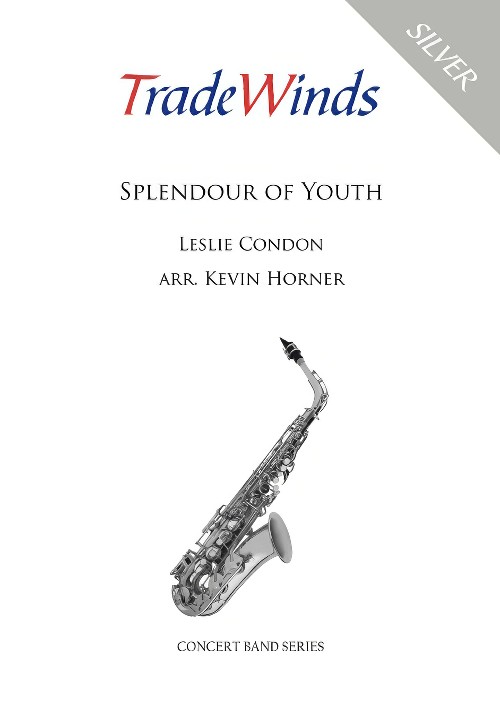 £44.95
£44.95Splendour of Youth (Concert Band - Score and Parts) - Condon, Leslie - Horner, Kevin
The Splendour of Youth was one of the last pieces composed by Leslie Condon and is typical of his style: a strong melody line, well-wrought contrapuntal lines, rhythmic features and a colourful harmonic palette. He was much interested in the development of music in children and young adults and this piece reflects the vitality that such a group brings to their performance. Each movement has a central melodic theme that that has been developed to form each part of this suite.
Estimated dispatch 7-14 working days
-
 £8.95
£8.95Splendour of Youth (Concert Band - Score Only) - Condon, Leslie - Horner, Kevin
The Splendour of Youth was one of the last pieces composed by Leslie Condon and is typical of his style: a strong melody line, well-wrought contrapuntal lines, rhythmic features and a colourful harmonic palette. He was much interested in the development of music in children and young adults and this piece reflects the vitality that such a group brings to their performance. Each movement has a central melodic theme that that has been developed to form each part of this suite.
Estimated dispatch 7-14 working days
-
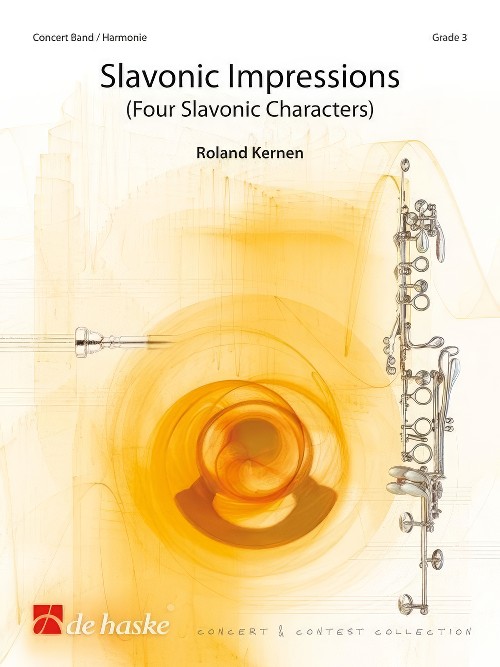 £109.99
£109.99Slavonic Impressions (Four Slavonic Characters) (Concert Band - Score and Parts) - Kernen, Roland
During a stay in Slavonia, Roland Kernen was overwhelmed by the beauty of this region between the Danube, Sava and Drava. The resulting composition does not depict the suffering experienced in the last few decades by this crisis-ridden region, but tells of the festivities along the Sava, the natural beauty of the Drava and lively atmosphere on the banks of the Danube.Duration: 7:45
Estimated dispatch 7-14 working days
-
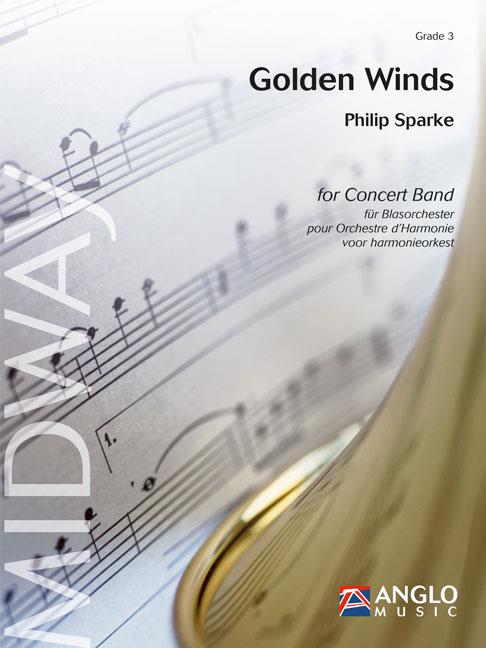 £122.50
£122.50Golden Winds (Concert Band - Score and Parts) - Sparke, Philip
This contrasting work builds up twice from quiet relaxation or meditative calm to a climax for the entire ensemble, before the main section, a rhythmic vivo, begins. Golden Winds ensures truly precious moments in your concert right up to the last note!Duration: 6:15
Estimated dispatch 7-14 working days
-
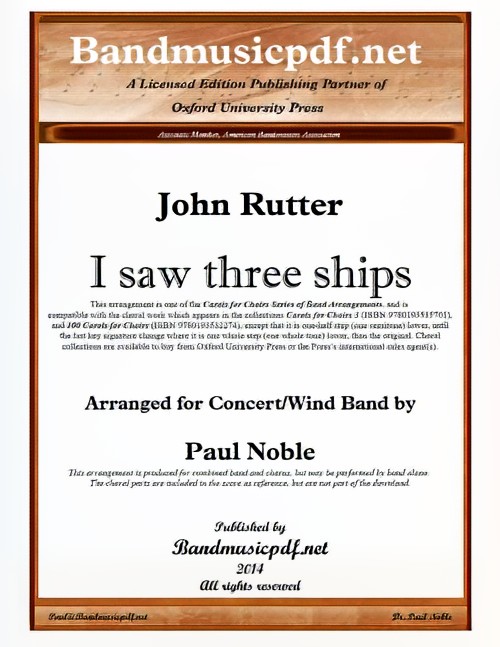 £75.00
£75.00I Saw Three Ships (Concert Band with Optional Choir - Score and Parts) - Rutter, John - Noble, Paul
John Rutter made this setting of an English folksong for The Bach Choir in 1977. The choral part is shown in the score, but is not included as a part of the set. This arrangement is compatible with the choral work which appears in the collections Carols for Choirs 3 and 100 Carols for Choirs, except that it is one-half step (one semitone) lower, until the last key signature change where it is one whole step (one whole tone) lower, than the original.
Estimated dispatch 7-14 working days
-
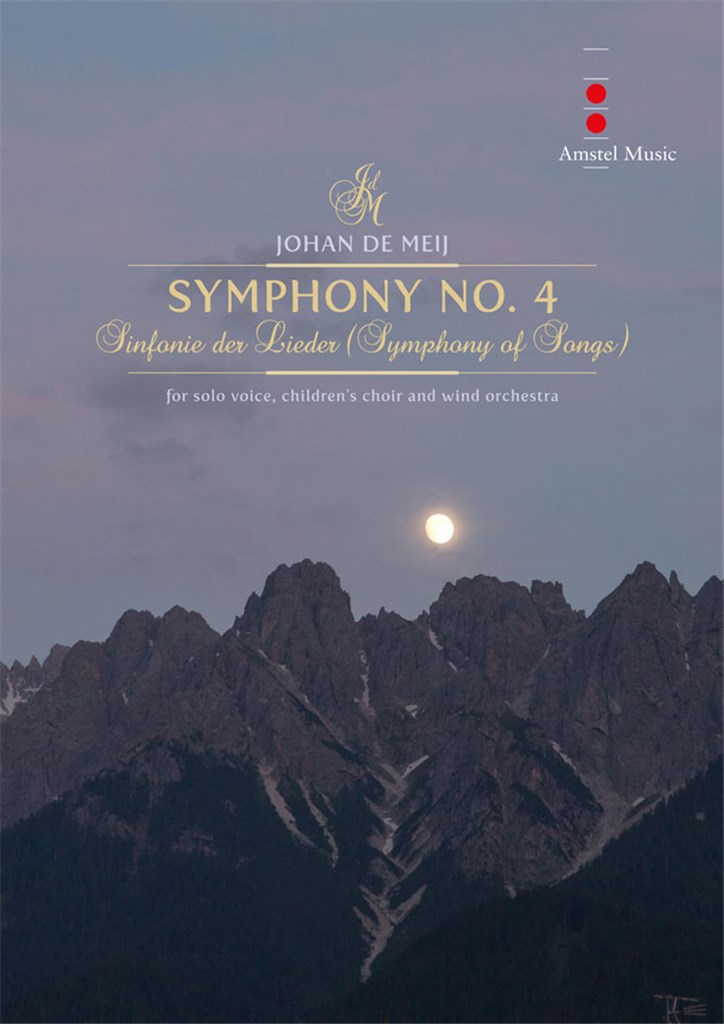 £340.00
£340.00Symphony No.4: Symphony of Songs (Solo Voice, Children's Choir and Concert Band - Score and Parts) - De Meij, Johan
Johan de Meij's 4th Symphony for solo voice, children's choir and wind orchestra is inspired by a variety of 19th century German poems.The first three movements use lyrics from the same source as Gustav Mahler did earlier: Kindertotenlieder by Friedrich Ruckert.:Ein Jahr ist nun geschwundenWenn zur Thur hereinWiedersehnThe second half of the symphony continues on the death theme, using a poem by Heinrich Heine (Two Brothers). The last two songs, Early Spring and Song of the Harlequin by Hugo von Hofmannsthal are a metaphor for rebirth, new life and hopeZwei Bruder (Heinrich Heine)Vorfruhling (Hugo von Hofmannsthal)Liedchen des Harlekin (Hugo von Hofmannsthal)Duration: 30:00
Estimated dispatch 7-14 working days
-
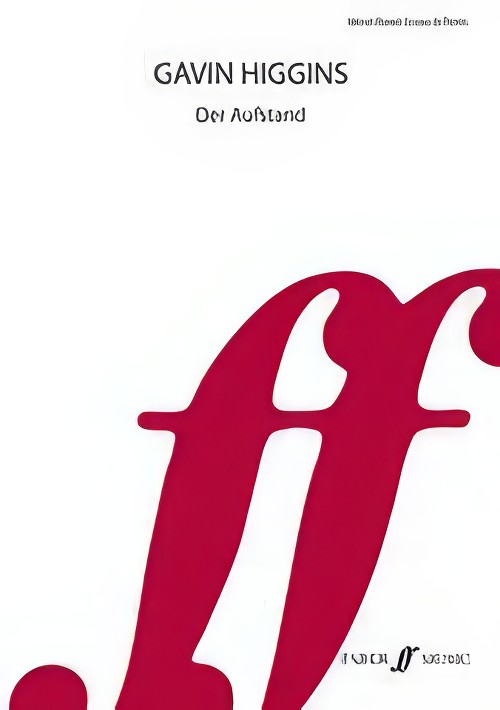 £69.99
£69.99Der Aufstand (Concert Band - Score and Parts) - Higgins, Gavin
Der Aufstand (German for 'riot') is not a descriptive work, nor is it solely based on the riots of 2011. It does, however, draw on the idea of opposing forces and escalating anger. The work falls into two contrasting sections that are linked by a series of repeated, 'screaming' chords. A slow build drives the first section from a single pitch to a blazing orchestral tutti. The second section is a fast and wild series of fanfares and driving rhythms that ultimately cannot be sustained. In many ways this mirrors the first. Both sections open on single tones (Bb and E) and grow to a climax of brass and hammered chords. The first performance took place on the last day of the 2012 Olympic Games. Der Aufstand is a noisy antithesis to the celebratory fanfare. Duration: 10.00
Estimated dispatch 7-14 working days
-
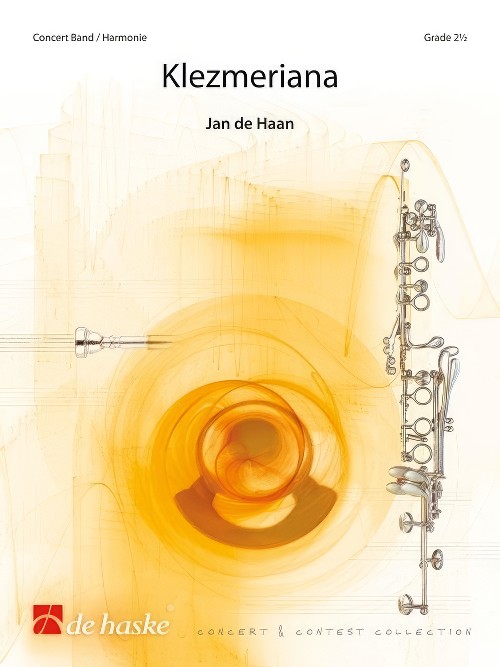 £104.99
£104.99Klezmeriana (Concert Band - Score and Parts) - De Haan, Jan
Klezmer is actually a conglomeration of different musical styles, including sounds of the Balkans as well as oriental influences and 'gypsy music'. At the end of the last century, klezmer experienced a revival worldwide and is now extremely popular. For this varied concert band composition, Jan de Haan wrote a series of his own melodies in klezmer style.Duration: 6:00
Estimated dispatch 7-14 working days
-
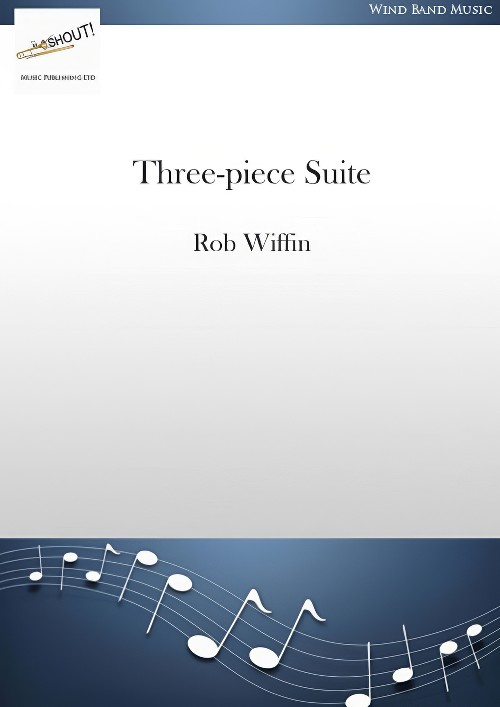 £59.95
£59.95Three-Piece Suite (Concert Band - Score and Parts) - Wiffin, Rob
A tuneful and reasonably easy suite, comprising Fanfare, Lullaby and All at Sixes and Sevens. There are some asymmetric rhythmic challenges in the last movement as implied in its title, but otherwise this suite is not particularly difficult and sets out to be attractive throughout. The Fanfare is vibrant and energetic while Lullaby is very lyrical and occasionally punctuated by harmonic piquancy. All at Sixes and Sevens plays games between 3/4 and 6/8 with some sevens thrown in for good measure.Duration: 8.45
Estimated dispatch 7-14 working days
